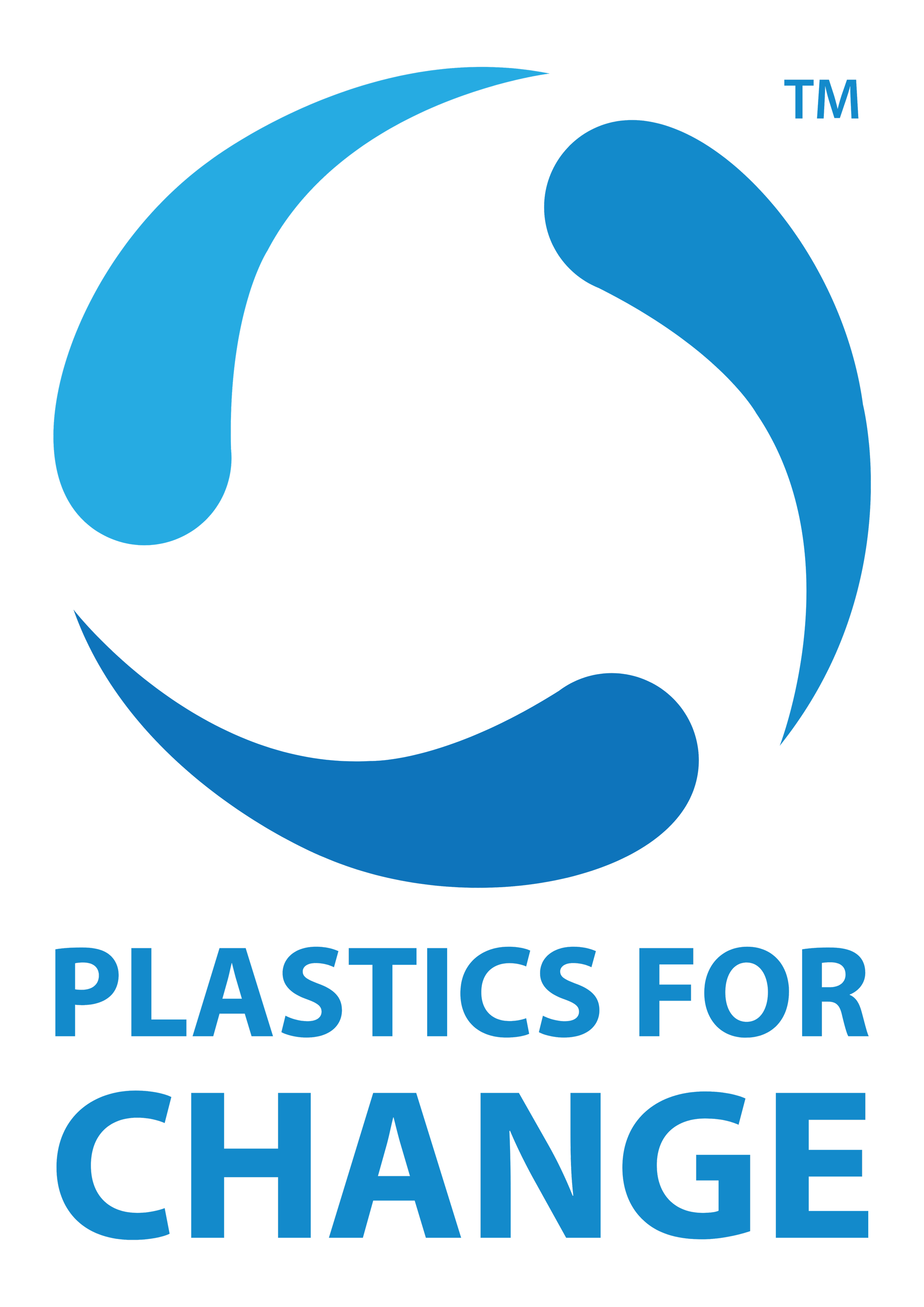From Pollution to Solution: How Extended Producer Responsibility is Reshaping the Future of Plastics
(Source Credits: Green Growth Sector Committee)
Chances are, you’re surrounded by plastic. It’s in your phone, your clothes, your furniture, and probably wrapped around whatever you ate for lunch. Now, imagine all of that plastic multiplied by billions of people, day after day, year after year. It's mind-boggling, isn’t it? Every bottle we buy, every package we open adds to a mountain of waste growing by the second. It’s overwhelming, infuriating, and it seems like we’re sleepwalking towards catastrophe.
But here’s the thing – there’s hope. The Extended Producer Responsibility (EPR) might just be the kick in the pants we need to turn this ship around.
What is Extended Producer Responsibility?
Extended Producer Responsibility is a policy approach that extends a producer’s responsibility for a product to the post-consumer stage of its lifecycle. In simpler terms, it means that companies that manufacture, import, or sell plastic products are also responsible for collecting and recycling those products after consumers are done with them.
Why EPR Matters: The Multi-Faceted Benefits
Reduced Environmental Impact:
EPR could help reduce ocean plastic waste by 80% by 2040 (Pew Charitable Trusts, 2020).
In the EU, EPR schemes have contributed to a 50% reduction in packaging waste going to landfills over the past 20 years (PRO Europe, 2021).
Improved Recycling Rates:
In South Korea, EPR led to a 70% increase in recycling rates for packaging materials between 2003 and 2017 (OECD, 2019).
Sweden’s EPR system has achieved a 84.8% recycling rate for PET bottles (Reloop Platform, 2021).
Innovation Boost:
EPR has spurred a 27% increase in patents related to plastic recycling technologies since 2010 (European Patent Office, 2021).
Economic Benefits:
The global waste recycling services market, driven in part by EPR policies, is projected to reach $80.3 billion by 2025 (Grand View Research, 2020).
In the EU, EPR schemes support over 300,000 jobs in the recycling sector (EXPRA, 2021).
The Mechanics of EPR
EPR programs typically involve several key components:
Product Design: Manufacturers are incentivized to design products that are easier to recycle or reuse.
Collection Systems: Producers set up or fund systems to collect their products after use.
Recycling and Recovery: Companies are responsible for ensuring their products are recycled or properly disposed of.
Education and Awareness: Producers often fund consumer education programs about proper disposal.
EPR in Action
Several countries have already implemented EPR policies for plastic packaging with promising results:
Germany: The introduction of EPR led to a recycling rate of 67% for all packaging by 2019, with 42% for plastic packaging specifically (German Environment Agency, 2020).
Japan: The country's EPR system has achieved a 93% recycling rate for PET bottles as of 2021 (Japan Containers and Packaging Recycling Association, 2022).
Canada: British Columbia's EPR program has led to a 78% recovery rate for plastic packaging and has saved municipalities over $400 million in waste management costs since 2014 (Recycle BC, 2021).
France: The French EPR system for packaging has led to a 68% recycling rate for household packaging, including a 28% recycling rate for plastic packaging (CITEO, 2020).
The Road Ahead: Challenges and Opportunities
While EPR shows great promise, challenges remain:
Harmonisation: Different EPR systems across regions can create complexity for producers operating in multiple markets.
Free Riders: Some producers may try to avoid their responsibilities, necessitating robust enforcement mechanisms.
Consumer Behaviour: EPR's success partly depends on consumers properly disposing of products.
Despite these challenges, the potential benefits of EPR are too significant to ignore. As we look to the future, we see EPR as a cornerstone of a circular economy for plastics.
Why Plastics For EPR?
We understand the complexities of implementing EPR and we’re here to make the process seamless and effective. Here’s why PFC is your ideal partner for EPR compliance:
We bridge the gap between Producers, Importers, and Brand Owners (PIBOs) and authorised Plastic Waste Processors (PWPs), helping PIBOs acquire their EPR credits through ethically sourced plastics. Our innovative approach ensures that you can meet your EPR obligations while contributing to sustainable and ethical plastic waste management.
Key Benefits
Ethical Sourcing: We ensure that the plastics used for EPR credits are sourced ethically, supporting local communities and promoting sustainable practices.
Real-Time Credit Transfer: Avoid last-minute hustling. With our system, you can get your credits transferred live, ensuring timely compliance with EPR regulations.
Simplified Process: As a one-stop solution, we handle the complexities of EPR compliance, allowing you to focus on your core business while meeting your environmental responsibilities.
Transparency and Traceability: Our system provides full transparency in the EPR credit acquisition process, allowing you to trace the journey of your plastic waste from collection to recycling.
Expertise and Support: Our team of EPR experts is always available to guide you through the process, providing insights and support to optimise your EPR strategy.
Take Action Now
Don’t let EPR compliance become a last-minute scramble. Partner with Plastics for Change to ensure smooth, ethical, and efficient fulfilment of your EPR obligations.

